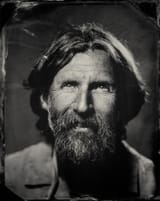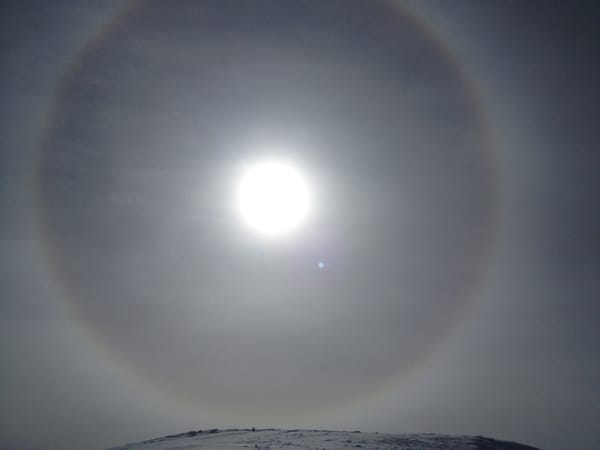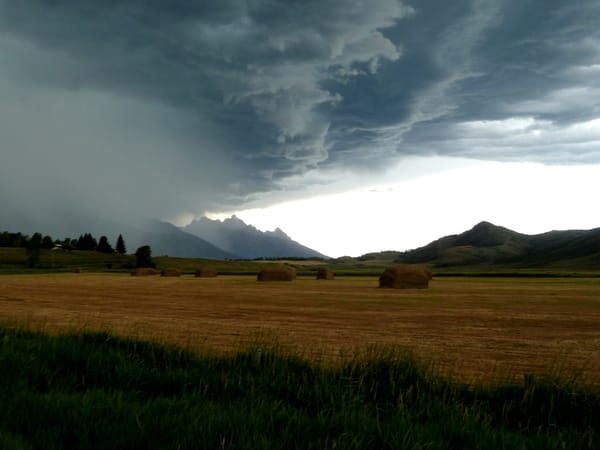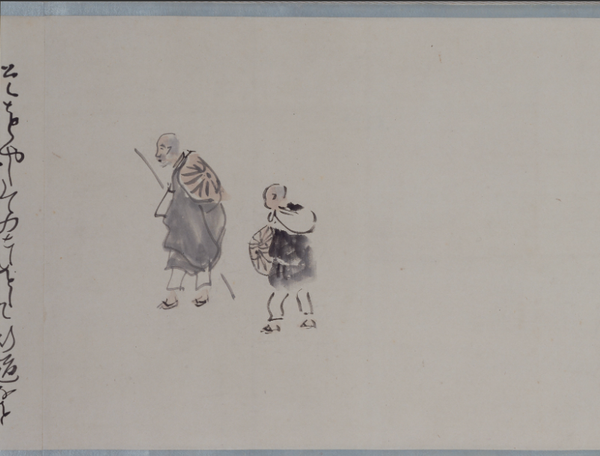Is Avalanche Education a Bad Thing?

artwork by mike clelland
Why do people take avalanche classes?
I have been so curious recently about the MOTIVATIONS of avalanche students. Can they be boiled down to two generalizations?
A: I want the risk of being injured in the backcountry to be less than it is today.
B: I want to go out in more complex terrain or more elevated avalanche hazard than I do today.
Is it, then, fair to say that the desired good is rarely education in and of itself, but rather, increasing the likelihood of coming home at the end of the day OR increasing the likelihood of getting the goods?

And I wanted to know - perhaps more importantly - if (and how much) avalanche education contributes to Risk Homeostasis.
First, a little bit of background on Risk Homeostasis. In the early 80's, the Dutch→Canadian psychologist Gerry Wilde proposed an idea whereby "People at any moment of time compare the amount of risk they perceive with their target level of risk and will adjust their behaviour in an attempt to eliminate any discrepancies between the two." And further, "The level of risk at which the net benefit is expected to maximize is called the target level of risk in recognition of the realization that people do not try to minimize risk (which would be zero at zero mobility), but instead attempt to optimize it."This "optimization of risk" might be encouraged by an avalanche forecaster by writing, "Today is a good day to seek Low Risk - High Reward" terrain choices. But it's also true that some backcountry skiers will eventually become bored by this offering. The psychologist Wilde, instead, relates the target risk to a thermostat. If the desired setting is 65°, the furnace will kick on or go dormant long enough to reach that desired setting.
(What is the opposite of “the optimization of risk”?)

In the avalanche world, Risk Homeostasis seems to be borne out by an inverse relationship between terrain options…and overall avalanche danger. In other words, many backcountry users step out into bigger terrain when the danger is low…and step back when the danger is high. In theory it looks like this.

In practice, it probably looks more like this.

Sidney Dekker, The Field Guide to Human Error
One question I have is - When the danger goes down, why don't people just meadow skip and keep the change?
So.What - again - this points out is that safety (Safety First!) is not the desired good; it’s fealty to some magical risk threshold. I have seen this as it relates to ski mountaineering in the Tetons. There have been many rescues and body recoveries where skiers had helmets and whippet (ice-axe pick) attachments on their ski poles in order to assume a greater risk.

This is not surprising. Wilde described this phenomenon as it relates to automobiles and driving: "Mandatory wearing of seat belts reduces the likelihood of death or injury in case an accident happens, but does not reduce the death rate per capita. Similarly, “... airbag equipped cars tend to be driven more aggressively and that aggressiveness appears to offsetset the effect of the airbag for the driver and increases the risk of death to others”. Cars outfitted with antilock brakes are driven faster, more carelessly, and closer to the car in front, braked more abruptly, and have no lower accident rate per hour of exposure than cars without these devices. Similarly, with better road lighting motorists drive faster and pay less attention."

But what about, as we say in avalanche education, The Weapon of Knowledge?
Recent avalanche studies looking at demographics and avalanche fatalities have pointed out the proportion of incidents involving very experienced backcountry travelers climbed compared to the number of incidents involving beginners and intermediates. This would suggest that there were more people with advanced experience and avalanche education getting involved in accidents and any increase in accidents was not due to more beginners getting into trouble.
Could it be that Wilde hit upon this forty years ago?
- "Driver training or a mandatory course of driving on slippery roads does not reduce accident risk. Such training does indeed improve skill, but it apparently increases confidence (now commonly known as the Dunning-Kruger Effect) even more, with the end effect that driver education graduates show a higher accident rate per capita."
AND
- "A recent Swedish study showed that the more traffic safety education children in kindergarten and primary school had received, the higher their traffic injury rate. This was attributed to the greater independence and mobility, including the use of a bicycle, that better trained children were allowed."

So back to the original questions. Is avalanche education a bad thing? Does education contribute to Risk Homeostasis? I put the question out to a number of friends and colleagues in the field.
One long time avalanche educator I spoke with shrugged and said, I have a hard time believing being educated is a bad thing.With Risk Homeostasis, another just looked at me (as one would look at someone wasting their time) and said, Of Course.
***
So maybe it's not this discrete pursuit of knowledge after all. Maybe it's the disconnect between knowledge and, shall, we say, the application of knowledge. Call it wisdom, call it good decision-making. Where do we go from here?
The Good News is that my good friends Laura Maguire, Aleph Johnston-Bloom, and Eeva Latosuo have some answers in their upcoming paper Formation to Recalibration: How Mental Models are Formed, Updated, and Shared in Avalanche Forecasting Work. They'll present at this fall's International Snow Science Workshop in Bend Oregon.
See you next week -
I welcome your thoughts or comments.
Supplementary reading
Risk Homeostasis Theory: An Overview, Gerald Wilde
Targeting Risks, Paul Slovic and Baruch Fischhoff
Are We Teaching Confidence over Competence in Avalanche Education?, Dave Richards, Alta Snow Safety




